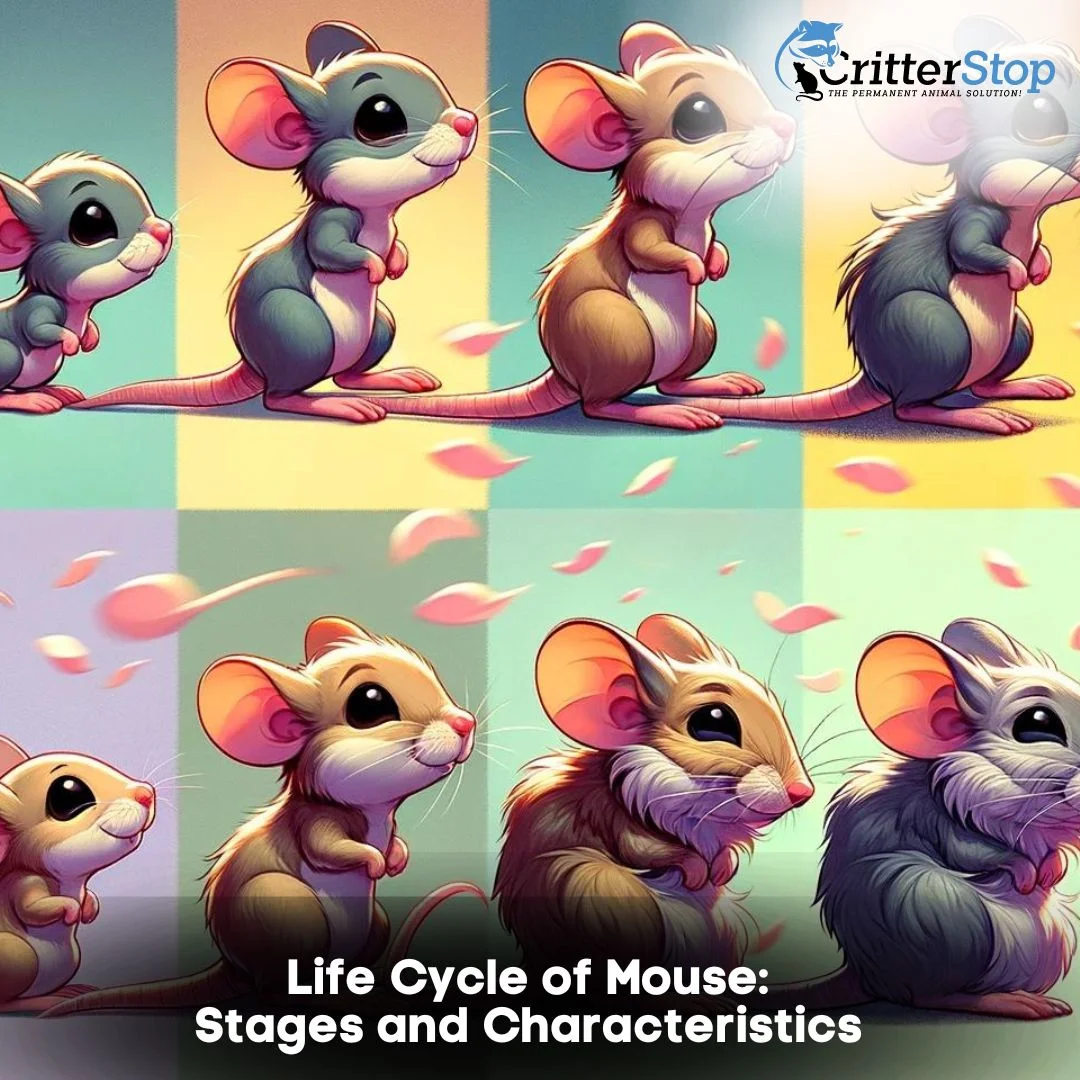
The life cycle of a mouse is a fascinating process that involves several stages of development. From birth to adulthood, mice undergo significant changes that enable them to thrive in their environment. Understanding the life cycle of mice is crucial for researchers, pet owners, and anyone interested in these small but mighty creatures.
The first stage of a mouse's life cycle is the embryonic stage, which lasts for about three weeks. During this period, the mouse develops from a single cell to a complex organism with all its major organs and body systems. After three weeks, the mouse is born and enters the neonatal stage, where it is entirely dependent on its mother for survival. The neonatal stage lasts for two to three weeks, during which the mouse grows rapidly and develops its senses, motor skills, and social behaviors.
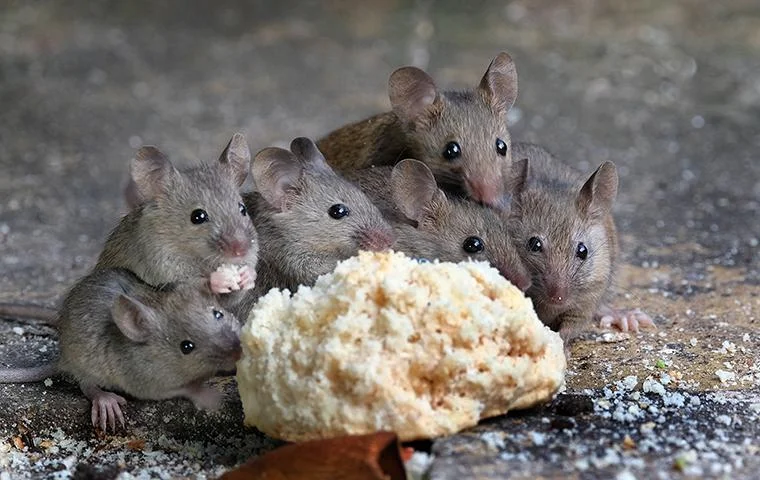
The common house mouse, or Mus musculus, is a small mammal that belongs to the family Muridae. The adult mouse has a body length of 2.5-4 inches, a tail length of 3-4 inches, and weighs about half an ounce. The fur color of the house mouse is usually gray or brown, and it has a pointed snout, small ears, and a long, thin tail.
Mice are known for their high reproductive rates, with females attaining reproductive maturity at about 6 weeks old. The pregnancy duration spans roughly 19-21 days, and a brood can consist of 4-12 offspring. Mice can breed throughout the year, and a single female can produce up to 10 litters per year.
The life cycle of mouse typically lasts for around 1-2 years in the wild. However, in captivity, mice can live for up to 3 years. Mice are active animals that are mostly nocturnal, and they are recognized for their aptitude for scaling, leaping, and swimming.
Overall, the common house mouse is a fascinating creature that has acclimated admirably to coexisting in near proximity to humans. Its high reproductive rate and adaptability have made it a successful species, but it can also be a nuisance when it comes to invading homes and other structures.
Understanding the life cycle of mice is essential for effective critter control. Mice are highly prolific reproducers and have the capacity to generate numerous litters within a single year. They can also become sexually mature in as little as 6 weeks, which means that a small infestation can quickly escalate into a full-blown invasion.
By knowing the life cycle of mice, one can take proactive measures to prevent infestations from occurring. For instance, closing off access points and eradicating food and water sources can prevent mice from establishing a nest in the first place.
Additionally, understanding the life cycle of mice can help with the timing of control measures. For instance, if one knows that mice breed most actively in the spring and fall, they can plan to implement control measures during these times to prevent a population explosion.
Overall, knowledge of the mouse life cycle is an essential tool in the fight against rodent infestations. By being proactive and strategic, one can prevent infestations from occurring and minimize the impact of any existing populations.
Mice are diminutive rodents present across the globe. Their brief life span allows for rapid breeding and a heightened reproductive rate. In fact, a single female mouse can have up to 10 litters of offspring in a year, with each litter consisting of 6 to 8 young mice.
One interesting aspect of mice is their ability to hibernate. Hibernation is a phase of dormancy that animals undergo during winter, particularly when food becomes scarce. During hibernation, the body temperature of the mouse drops significantly, and its metabolism slows down. This allows the mouse to conserve energy and survive through the winter months.
Mice are not true hibernators, however, as they do not enter into a deep sleep like bears or groundhogs. Instead, they enter into a state of torpor, which is a lighter form of hibernation. During torpor, the mouse can still be awakened easily and will occasionally wake up to eat or drink.
Overall, the concept of hibernation in mice is an interesting aspect of their life cycle. It enables them to endure the winter season when food is in short supply, and their ability to breed quickly means that their population can quickly rebound after a harsh winter.
Mice are known to be prolific breeders with a short reproductive cycle. They reach sexual maturity at around 6-8 weeks of age. The mating habits of mice involve a complex set of behaviors that include courtship, aggression, and mating. The male mouse will approach the female and perform a series of courtship behaviors, including chasing, grooming, and sniffing. If the female is in a receptive state, she will permit the male to mount her..
The reproduction cycle of mice is divided into four phases: proestrus, estrus, metestrus, and diestrus. The estrus phase is the most critical phase as it is the only time when the female is fertile and can conceive. The gestation period of mice is around 19-21 days.
The female mouse will give birth to a litter of pups in a nesting area. The nesting area is usually a warm, dark, and secluded place, such as a burrow or a nest made of soft materials like grass, leaves, or paper. The litter size can vary from 1-12 pups, depending on the species and the age of the mother.
The birth conditions are crucial for the survival of the pups. The mother mouse will use her teeth to break the amniotic sac and clean the pup's face to remove any mucus. The pups are born naked, blind, and deaf, and they depend entirely on their mother for warmth, nourishment, and shelter.
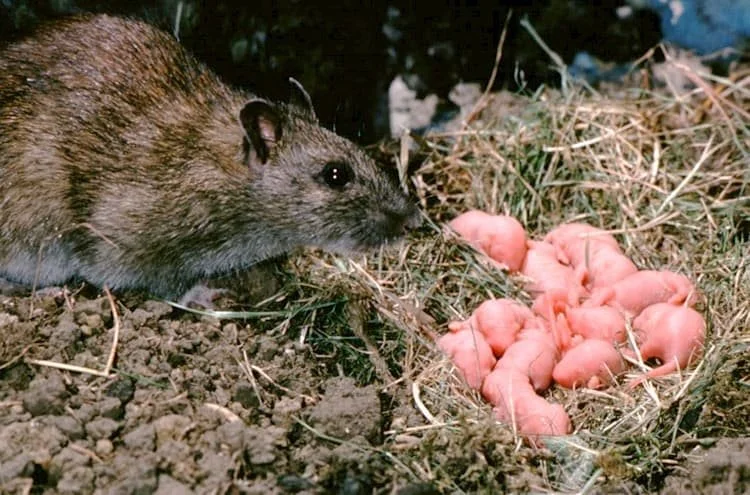
During the first few weeks of life, the pups are entirely dependent on their mother for survival. The mother mouse will provide maternal care by licking and grooming the pups, keeping them warm, and feeding them milk. The developmental milestones of the pups include opening their eyes, growing fur, and developing their sense of hearing and smell.
The weaning period is when the pups start to eat solid food and become more independent. The weaning period usually occurs around 3-4 weeks of age, and the mother mouse will stop producing milk. The pups will begin to investigate their environment and engage with their siblings, developing social skills that will be essential for their survival in the wild.
In conclusion, the birth and early development of mice are critical stages in their life cycle. The mating habits of mice, the birth conditions, and the maternal care provided by the mother mouse are essential factors that determine the survival of the pups. The initial weeks of life are pivotal for the pups' growth and development, during which they are wholly dependent on their mother for warmth, nourishment, and security.
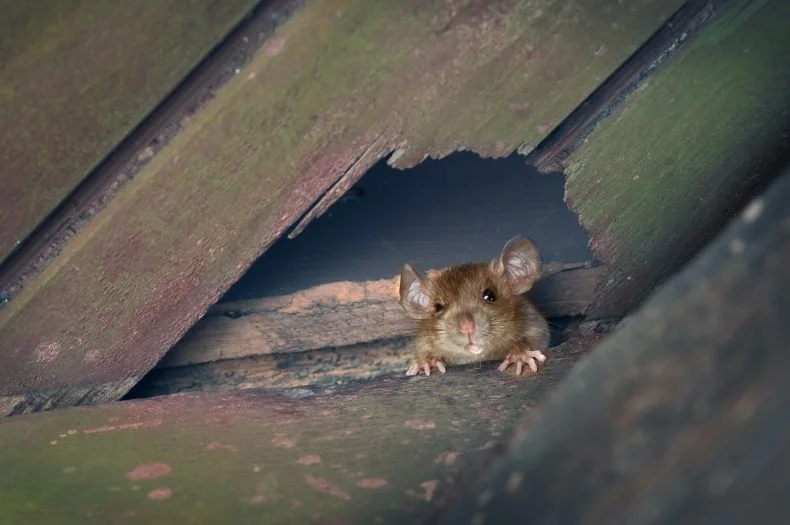
The juvenile stage of a mouse's life cycle begins at around three weeks of age and lasts until the mouse reaches sexual maturity at around six weeks old. During this stage, the mouse undergoes significant physical and behavioral development.
At the beginning of the juvenile stage, the mouse's fur starts to grow. By the end of this stage, the mouse's coat will have developed into its adult color and texture. This fur development is an important part of the mouse's survival, as it provides protection from the elements and predators.
During the juvenile stage, the mouse experiences rapid growth, gaining weight and increasing in size. By the end of this stage, a mouse can weigh up to three times its birth weight and will have reached nearly its full adult size.
During the juvenile stage, young mice learn important survival skills from their mother and littermates. These skills include finding food, avoiding predators, and building nests. Mice that do not learn these skills may not survive to adulthood.
Socialization is also an important part of the juvenile stage. Young mice interact with their littermates and develop social bonds. These social skills are important for the mouse's survival and can also affect its behavior as an adult.
Juvenile mice are vulnerable to a variety of predators, including birds of prey, snakes, and cats. Many mice do not survive to adulthood due to predation.
In addition to natural predators, humans also use control measures to reduce mouse populations. These measures include traps, poison, and other methods. Juvenile mice are just as susceptible to these control measures as adults, and many do not survive.
In essence, the juvenile phase marks a pivotal period in the mouse's life cycle. Throughout this period, the mouse experiences notable physical and behavioral advancements, and must acquire vital survival abilities to ready itself for adulthood. While the dangers and mortality rates are high, those that survive this stage will go on to become adults and continue the cycle of life.
It is important to note that mice do not hibernate in winter. They are active year-round and must find shelter and food to survive the colder months.
As mice reach adulthood, they become sexually mature and begin to play a crucial part in the ecosystem. This section will cover the various aspects of adulthood in mice, including sexual maturity, territorial behavior, and their role in the ecosystem.
Mice typically reach sexual maturity at around 6-8 weeks old, but this can vary according on the species. Once they are mature, they possess the capability to reproduce and continue the species.
Mice are known for their high reproductive rate, with females capable of producing litters of up to 12 offspring every 3-4 weeks. This ensures the continuation of the species and allows for a stable population.
As mice reach adulthood, they begin to establish territories for themselves. They mark their territory with urine and pheromones, and will defend it against other mice.
Mice are highly territorial and will defend their space aggressively. This can lead to fights and injuries, but it also ensures that they have access to food and shelter.
As adults, mice continue to play an important role in the ecosystem as prey for many predators, including snakes, birds of prey, and other mammals. Their diminutive stature and prolific breeding rate render them a prized food source for numerous animals.
Mice are also important foragers, feeding on a variety of seeds, fruits, and insects. They aid in the dispersal of seeds and nutrients across the environment, and their burrowing activities can help to aerate soil and promote plant growth.
Overall, the adulthood stage of the mouse life cycle is a critical period for the continuation of the species and for their role in the ecosystem. While they may be small in size, mice play an important role in maintaining the balance of the natural world. It is also worth noting that mice do not hibernate in the winter, and instead must find shelter and food to survive the colder months.
The lifespan of mice varies depending on their environment. In the wild, mice have a shorter lifespan due to the increased risk of predation, disease, and lack of access to food and water. On average, wild mice live for about one year. However, in captivity, mice can live up to three years or more.
As mice age, they may experience a decline in physical and cognitive abilities. Signs of aging in mice include decreased activity, changes in hair color, and reduced fertility. They may also develop age-related diseases such as cancer, arthritis, and cataracts.
There are several limiting factors that can affect the lifespan of mice. These include:
Mice are vulnerable to a range of illnesses that can reduce their lifespan. Some common diseases include respiratory infections, tumors, and parasitic infections.
In their natural habitat, mice are targeted by various predators such as cats, snakes, and birds of prey, which can greatly diminish their lifespan.
Human intervention can also affect the lifespan of mice. For example, mice used in laboratory research may be exposed to experimental treatments that can shorten their lifespan. On the other hand, pet mice that receive proper care and attention may live longer than their wild counterparts.
Overall, understanding the aging and lifespan of mice is important for researchers, pet owners, and wildlife managers alike. By identifying the factors that affect the lifespan of mice, we can work to improve their health and well-being.
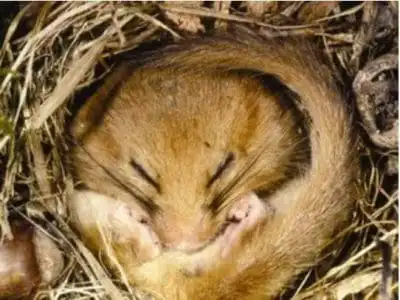
When winter comes, many animals hibernate to conserve energy and survive the harsh conditions. However, mice do not hibernate in the traditional sense. Instead, they have developed several survival strategies to make it through the winter months.
Some people believe that all rodents hibernate during the winter, but this is not true. While some species, such as ground squirrels, do hibernate, others, like mice, do not. It is important to understand the differences between hibernation and other survival strategies to effectively manage rodent populations.
As temperatures drop, mice become less active and conserve energy. They may also experience changes in behavior, such as reduced foraging and increased nesting. Understanding these changes can help in managing mouse populations during the winter months.
By understanding how mice survive the winter, it is possible to develop effective critter control practices. This can include sealing up entry points to buildings, removing potential food sources, and using traps and other methods to remove mice from problem areas.
Overall, while mice do not hibernate in the traditional sense, they have developed several survival strategies to make it through the winter months. Understanding these strategies is essential for effective rodent management.
In this article, we have explored the life cycle of a mouse, from birth to adulthood. We have learned that mice can reproduce quickly, with females giving birth to litters of up to 14 babies every 19-21 days. We have also seen how mice can cause damage to homes and buildings, as well as carry diseases that can be harmful to humans.
Understanding the life cycle of mice is crucial for effective critter control. By knowing when and where mice are likely to breed, homeowners and pest control professionals can take steps to prevent infestations before they occur. This might include sealing up entry points, removing potential nesting sites, and setting traps or using other pest control methods.
If you encounter issues with mice in your residence or establishment, prompt action is crucial. Mice have the potential to inflict property damage, contaminate food, and spread diseases. Critter Stop is here to help. Our experienced pest control professionals can help you identify and eliminate mouse infestations, as well as take steps to prevent future problems. Don't wait until it's too late. Call us at (214) 234-2616 today to schedule a free consultation and manage your rodent issue!
Mice are renowned for their rapid rate of reproduction. Females can begin breeding as early as six to eight weeks of age and can produce a litter every three weeks. Each litter can contain anywhere from five to twelve offspring, which means that a single female mouse can produce around 100 offspring every year.
No, mice do not hibernate in winter. Instead, they seek shelter in warm places, such as homes and buildings. Throughout colder months, mice frequently construct nests within walls, attics, and basements, where they can stay warm and protected from the elements.
A female mouse can produce anywhere from five to twelve offspring per litter, with an average litter size of six to eight.
The average lifespan of a house mouse is approximately one year in the wild. However, in captivity, mice can live up to three years. Elements like diet, habitat, and genetic makeup can all impact the lifespan of a mouse.
Visit our Critter Library and learn more about our furry friends